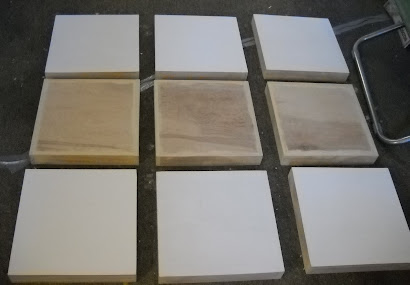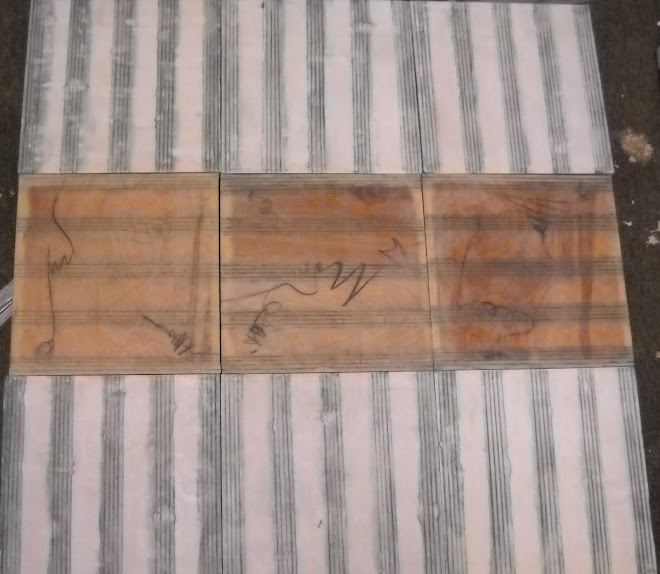Wednesday, September 23, 2009
Project Proposal
Last spring I took a really good art history class at UNCC. I actually had to move the proverbial mountain of the registration system to get into the class taught by Dr. Jay Emerling. It was called "Aesthetic Representation of the Holocaust". I wanted to take this class because I had been struggling with, for a lack of a better word, "a calling", to tackle my personal deep feeling of obligation to be part of generational witnessing of the Shoah. The class blew my mind in some many ways and the challenge of this class provided me the opportunity to give myself permission to pursue this artistic journey. In addition, I also had the opportunity to view a 2009 Spring show by Roy Strassberg "Holocaust Bone Structures: Black Angels" and have him speak about his struggle to find a way to appropriately and visually discuss the bureaucratic methodical mass murder "as a subject for artistic expression". Roy also took time to discuss this subject in our class. This is the subject that I am tackling. I am exploring how can I (this generation) attempt to bridge the lacuna, the gap, that separates us from those who experience the event, in a meaningful way, in a visual narrative. I want to raise questions inside every viewer to question their understanding of this Event and their timeless relationship to the event as a human being. I believe it to be uniquely Jewish, the Shoah, but one that cannot have a fence built around it, if we hope to "Never Forget". This first piece does not yet have a name but the concept behind it is "Hester Panim" hebrew for G-d's turning his face.
1st Encaustic Painting

Gesso'd Birch Panels
Lacuna
This is the first beginning steps into encaustic painting. While waiting for supplies, I set up the grad studio at Winthrop, and built my worktable (my husband was impressed). It took a couple of weeks for the materials used in encaustic painting (refined beeswax, damar resin, carnuba wax AND controlled heating elements, etc). While waiting I built my first concept for the painting, nine (9) approx 13x13" birch plywood panels with white pine 1x3"frames. This picture shows the panels, six (6) of them gesso'd with encaustic gesso and three (3) left plain birch - all of them fused with a double layer of pure beeswax to set the foundation for the painting.
I actually drew the random graphite marks prior to fusing the first layers of beeswax - that's what it looked like below.
Lacuna

Random Marks
Next Step

Adding Tone
Next Step

Breaking Up the Tone
Cutting in a tone
At this stage, I painted on two coats of encaustic medium w/out pigment and fused them on to the surface of the panels. I then cut in straight lines which I taped off on one side and then rubbed a blended oil hue (greyish blue-green) into the lines and wiped off, covered with another layer of encaustic medium and fused.
While fusing I began to break up the layers so that I could break up the oil lines and have them float between the layers of clear encaustic paint. This "tone" gave me a platform to begin to work with the painting concept.
Hester Panim
Here is where I am two weeks later. I am into the fifth or sixth layer and now I am working back into the surface of the piece. Part of my artistic journey from painterly oil paintings and collages has been obsession with working the surface of the art piece, constructing and deconstructing. This medium has already given me great joy in its flexibility and versatility in working with the surface as a way to express my narrative. In addition I am finding that I want to move the surface in and out of three dimensional space which works well with the concept of memory.
I began to build boxes that I affixed to the panels of wax. The panels are broken up like memory yet built from a stable shape (equal square panels). The internal boxes are irregular attached/unattached to the wax memory. They provide me an opportunity to increase the ethereal effect.
Lacuna

Hester Panim